No products in the cart.
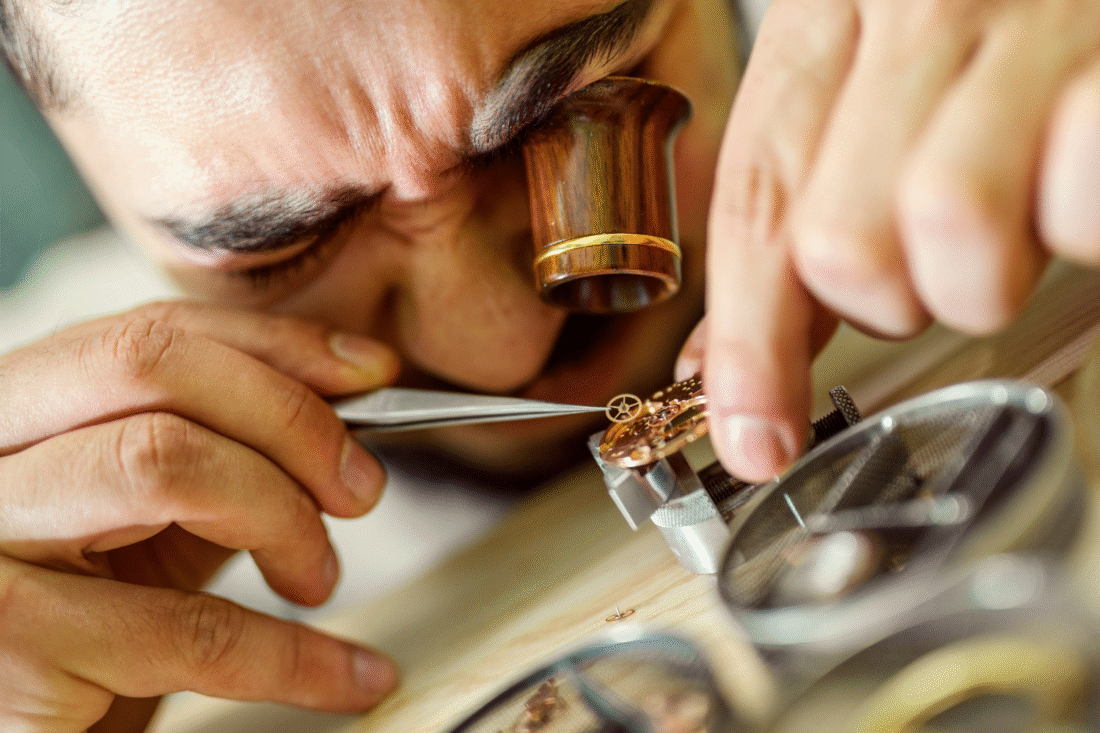
Explore Swiss Watchmaking in La Chaux-de-Fonds & Le Locle
CRAFTING TIME IN THE JURA MOUNTAINS
Photo Credit: KEYSTONE/JEAN-CHRISTOPHE BOTT

In the quiet elegance of the Swiss Jura Mountains lies a story not just of precision, but of purpose.
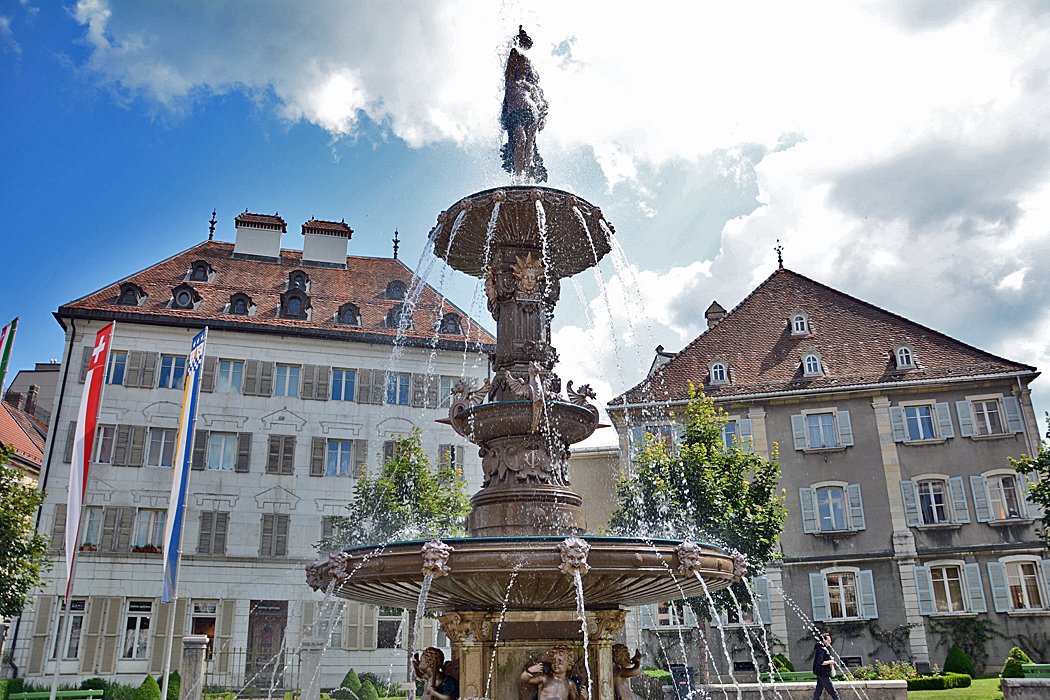
Nestled among the eastern alpine hills of Jura Canton along the French border, the towns of La Chaux-de-Fonds and Le Locle aren’t just beautiful — they’re legendary.
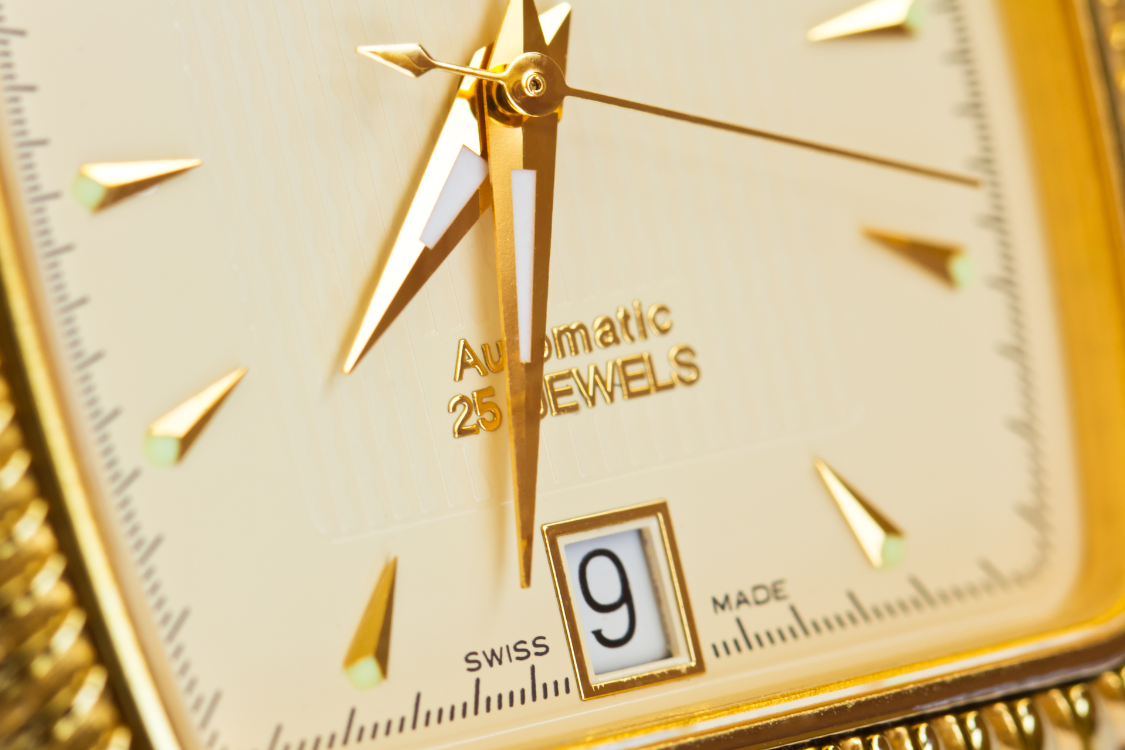
In June 2009, UNESCO recognized these sister cities for their exceptional universal value in strategic urban planning, uniquely shaped by the watchmaking industry.
These aren’t just towns; they are living blueprints of how urban design, architecture, craftsmanship, and nature can harmonize with foresight and efficency.
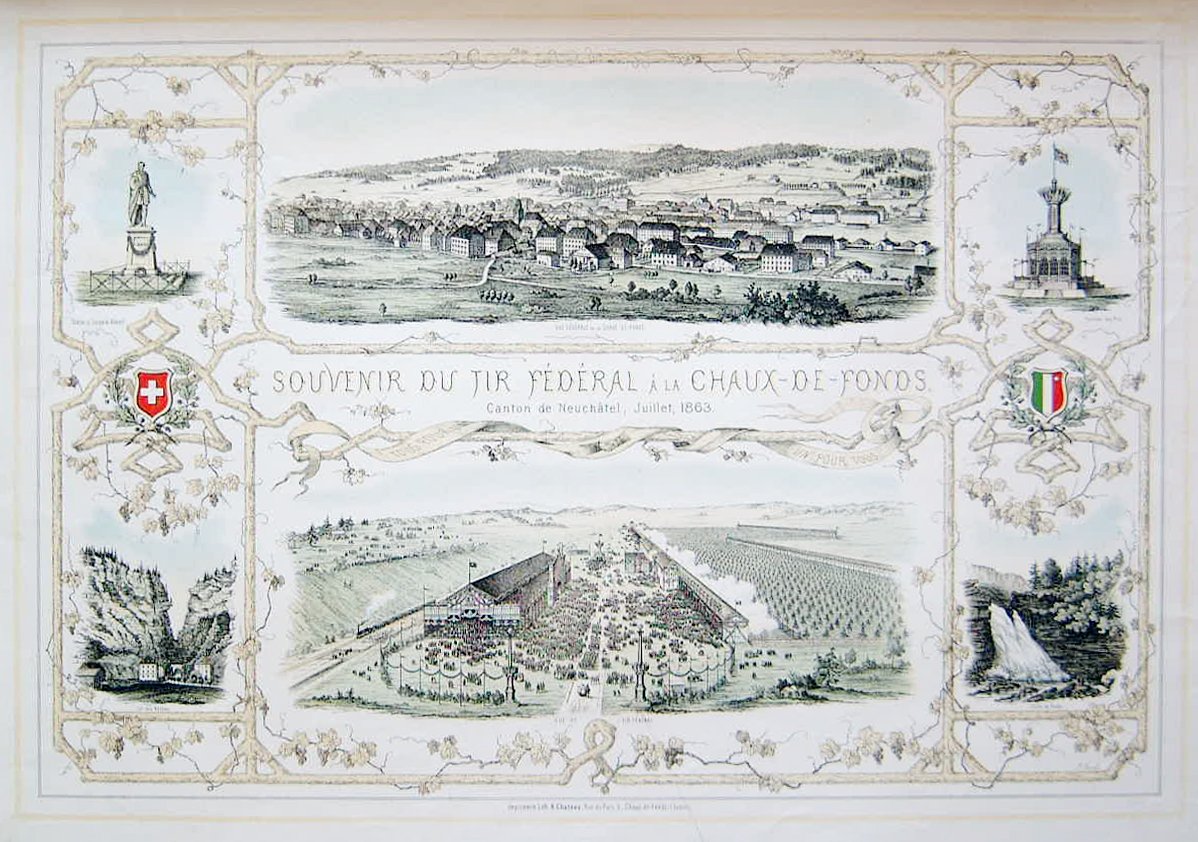
La Chaux-de-Fonds was also well known for its Federal Games a.k.a hunting parties and elite gatherings. Photo courtesy of A. Château, La Chaux-de-Fonds (La Chaux-de-Fonds History Museum

For those who crave meaning and adventure in their travels, these alpine gems offer more than mountain air. They whisper the ticking stories of generations, where every street corner and workbench pulses with artistry, ingenuity, and the quiet power of time well spent.
Here’s why the world still turns its eyes — and its wrists — toward Switzerland when it comes to watchmaking.
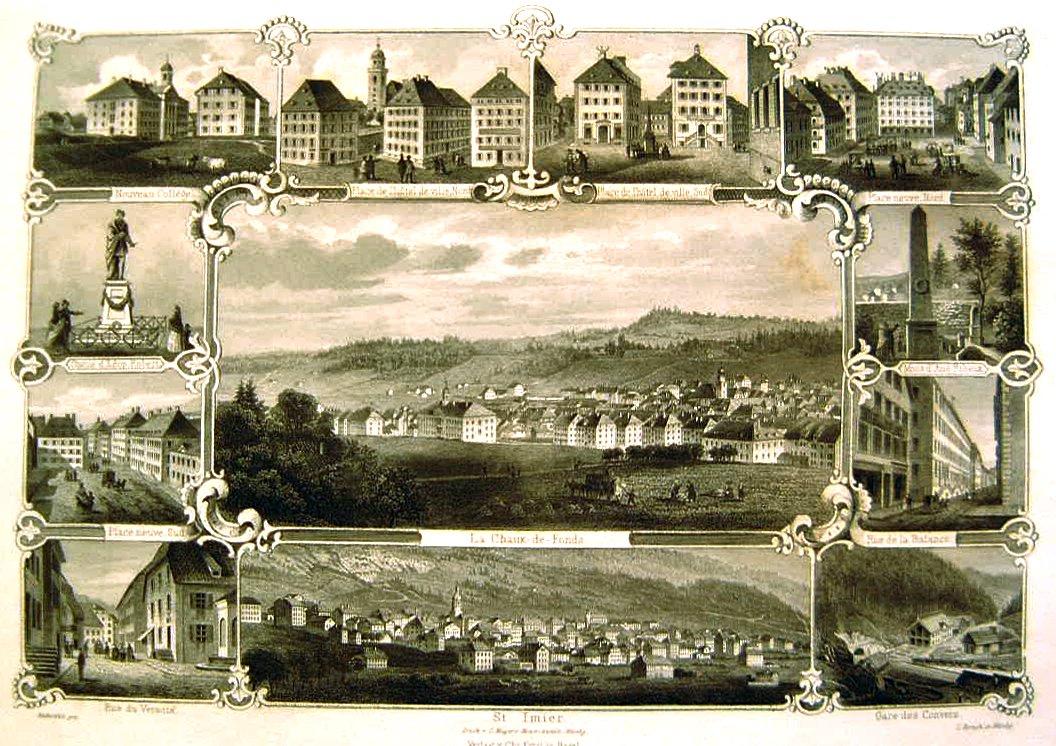
La Chaux-de-Fonds was founded back in 1656 and grew into a nexus of watchmaking. Several factors including unsuitable soil for agriculture, prompted farmers to learn the watchmaking trade in the winter months. Another factor was the Calvinist Reformation in Geneva, which banned jewelry, leading skilled goldsmiths and jewelers to shift to watchmaking.
Many Protestant artisans then migrated from France, Italy and England to La Chaux-de-Fonds, bringing their expertise. This spurred the development of a larger village, providing a more concentrated environment for the burgeoning trade.
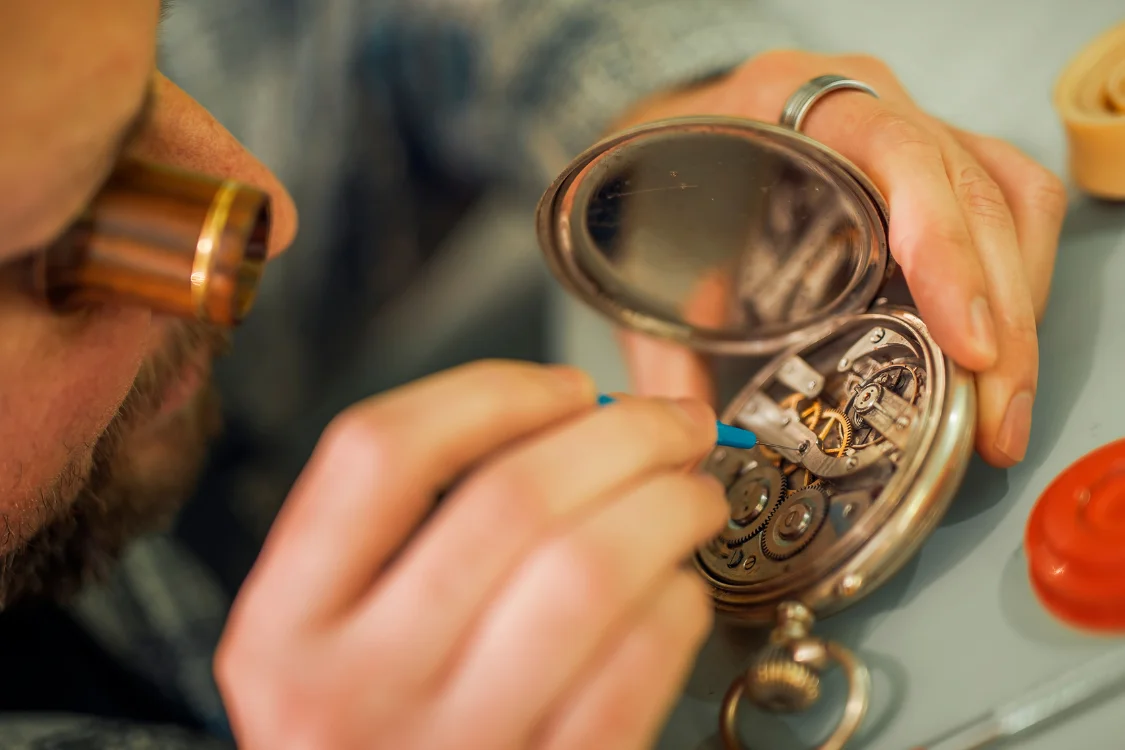
The Établissage system, or system of «ébauche» (producing individual components for watches), was established in Switzerland during the 18th century and was significantly developed by goldsmith Daniel Jeanrichard starting in the late 17th and early 18th centuries. This approach, which involved a division of labor among specialized independent workshops, laid the groundwork for the industrialization and mass production of watches that would later characterize the Swiss watch industry.
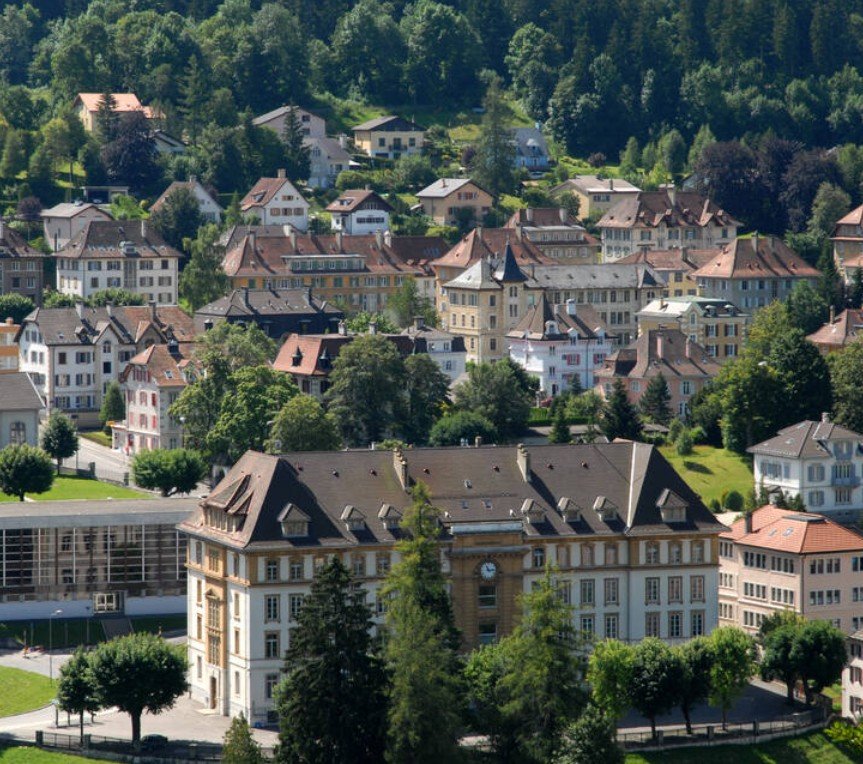
Photo of La Chaux-de-Fonds courtesy of Unesco World Heritage
After a major fire in 1794, the town was rebuilt with a wide checkerboard street layout aligned to the sun’s east-west trajectory—super practical for the precision-focused watchmakers who lived there. They could maximize the daylight and easily move technical components across town to neighboring workshops.
This urban planning accommodated the transition from artisanal, cottage-based production to the more concentrated factory production of the late 19th and early 20th centuries. Karl Marx had even praised it as a “great factory town model” in Das Kapital.
These days, it’s considered one of the most important locations in the Swiss and global watchmaking industry and is home to one of the country’s renowned watchmaking schools.
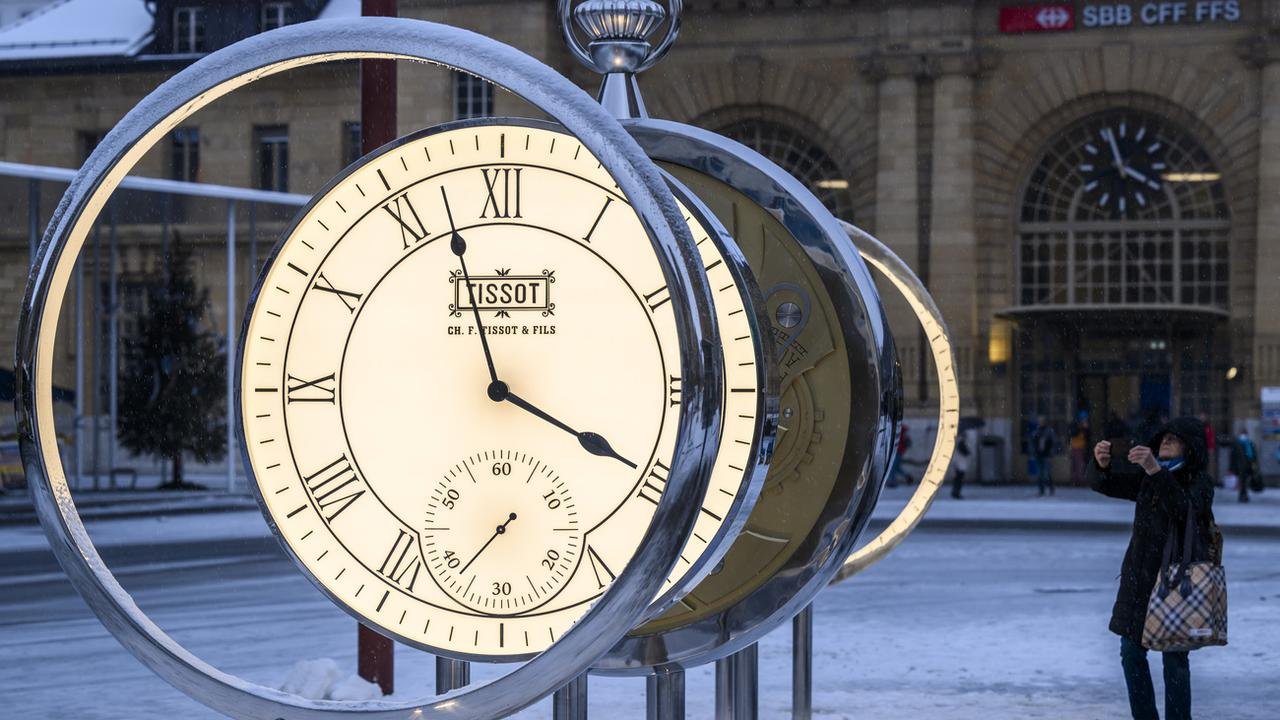
Photo courtesy of RTS
The International Watch Museum established itself from the school’s study collection and is today considered one of the most important watchmaking museums in the world. As a UNESCO World Heritage Site (along with nearby Le Locle) it’s also known for its beautiful Art Nouveau buildings from the turn of the century.
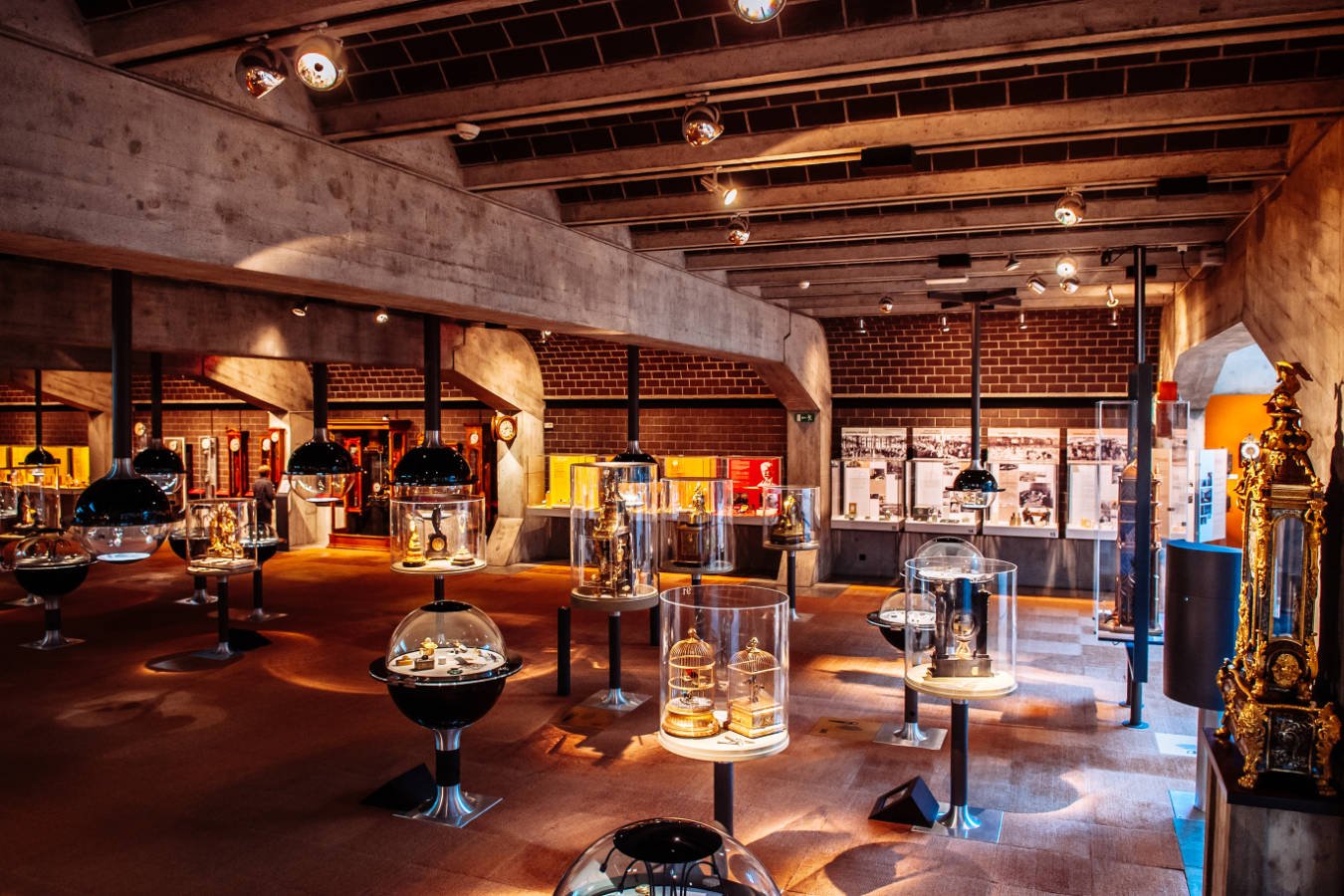
Photo of Musée International d’Horlogerie courtesy of Historic Hotels of Europe
FUN TRIVIA: La Chaux-de-Fonds is also the hometown of Louis Chevrolet, born in 1878, who co-founded the Chevrolet Motor Company of Michigan in 1911 along with Le Corbusier, born in 1887 – the pioneer of modern architecture.
Not bad for one little mountain town!
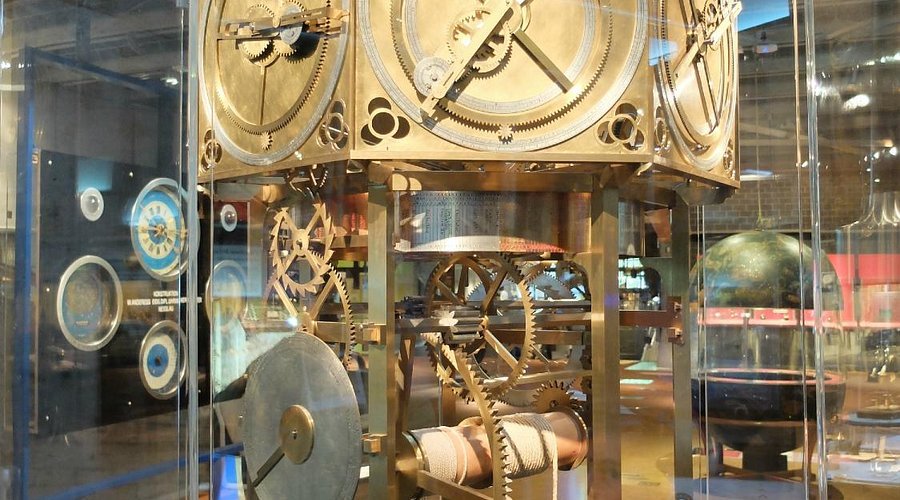
Photo of Musée International d’Horlogerie courtesy of Doval72, Trip Advisor
Right in the center of La Chaux-de-Fonds, you’ll find the Musée International d’Horlogerie. It’s just a short stroll from the train station and absolutely worth the visit. Inside, there’s an incredible collection of clocks and watches that takes you on a journey through time (literally!). One of the coolest parts? There’s a whole section dedicated to the femtosecond—that’s a quadrillionth of a second! You can even watch real-life watchmakers doing their thing, which is fascinating to see up close.
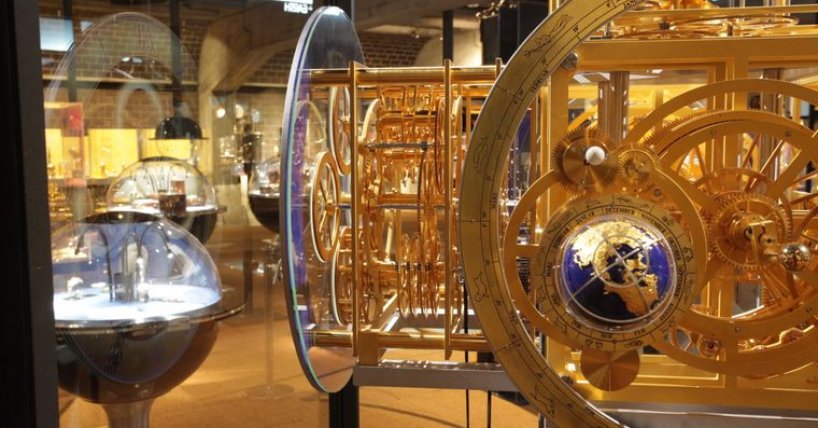
Photo of MIH courtesy of RTS.ch
Step into another time capsule at the Château des Monts in Le Locle
Ready for a little more time travel? Let’s head to the neighboring city of Le Locle where you find Château des Monts, a gorgeous stately home perched above the charming town. Not just a pretty facade—it also happens to be home to another one of the most captivating watch museums in Switzerland. (It even made it onto the Accidently Wes Anderson List.) So, if you’re still feeling curious about the inner workings of clocks in an authentic 18th century setting, this place is going to blow your mind.
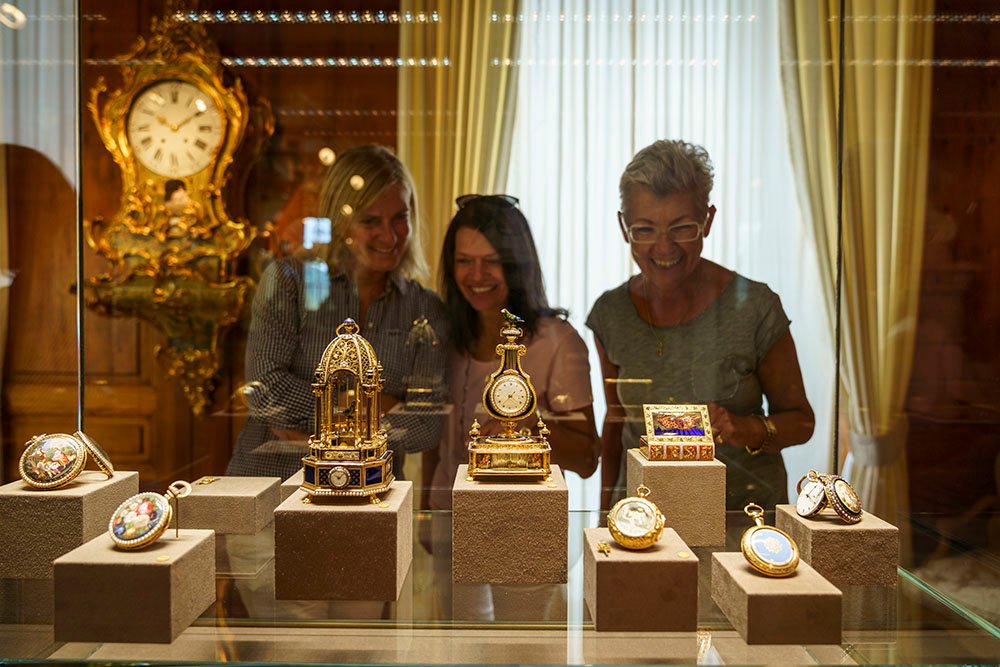
Photo courtesy of Watch Explorer
The moment you walk in, you’re surrounded by dazzling pendulum clocks and jaw-dropping creations from master watchmakers. But the real showstopper? A magical mirror with a tiny mechanical songbird, handcrafted by the famous Rochat brothers back in the early 1800s. According to local lore (and don’t we love a juicy legend?), it was a gift from Napoleon himself to an Ottoman princess. Seriously—how fairytale is that?
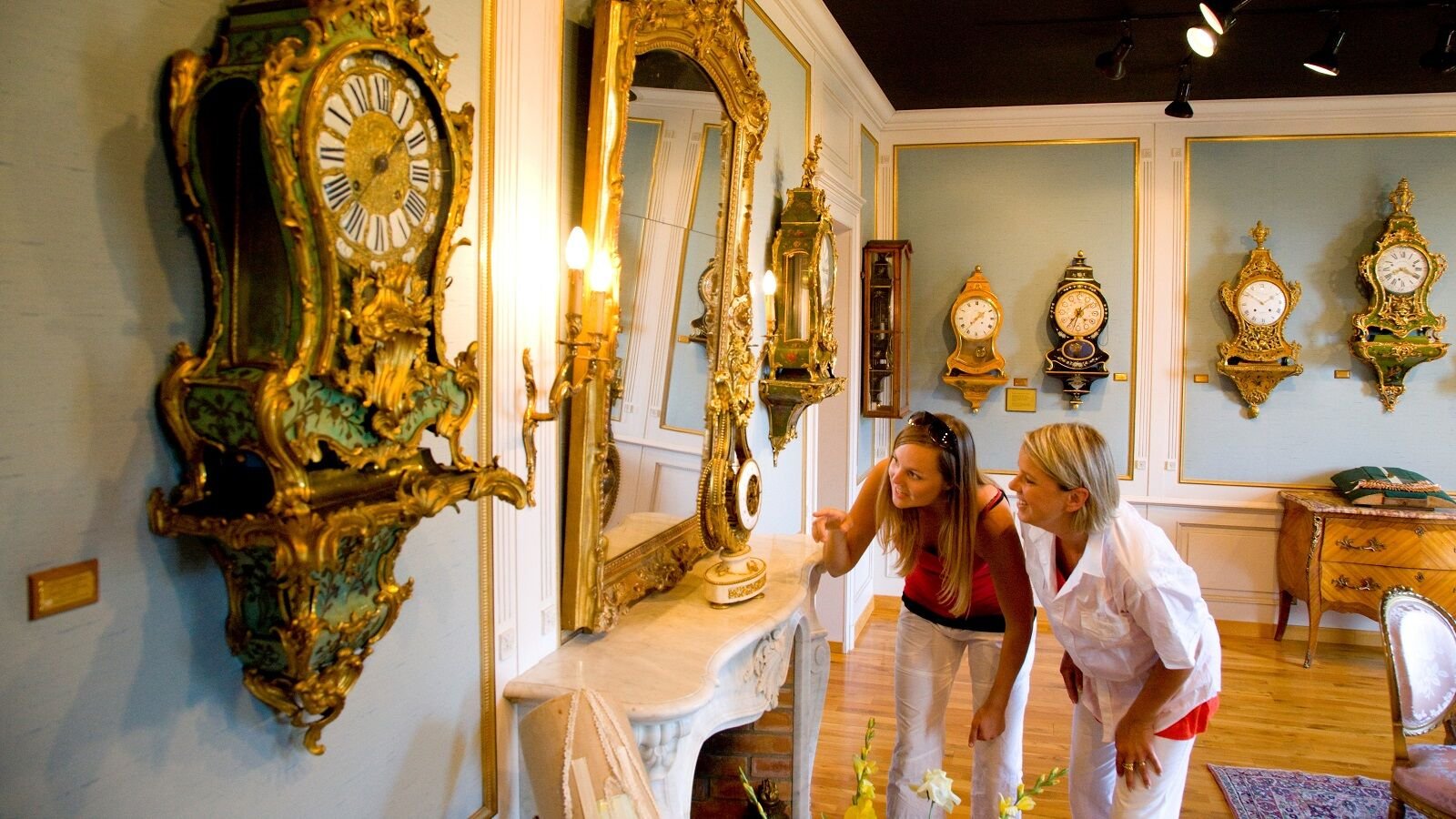
Photo credit: Christof Sonderegger
You’ll wander through rooms that take you from ancient timekeeping traditions all the way into the future of horology. And don’t be surprised if the gentle ticking of the clocks totally charms you—it’s like a heartbeat for the whole museum.
Whether you’re a history buff, a watch lover, or just someone who appreciates beautiful craftsmanship, Château des Monts is a must-see little gem. So take your time (pun very much intended) and enjoy the journey.
Ready to Discover It For Yourself?
Wander the streets of La Chaux-de-Fonds and Le Locle, and you’ll feel it: time moving a little differently. More intentionally. Here, purposeful living isn’t a trend — it’s tradition.
Because we believe in living adventures with meaning — one tick, one story at a time. Read more here and here.
Book experiences here.
🕰️ Explore. Connect. Spend time beautifully.


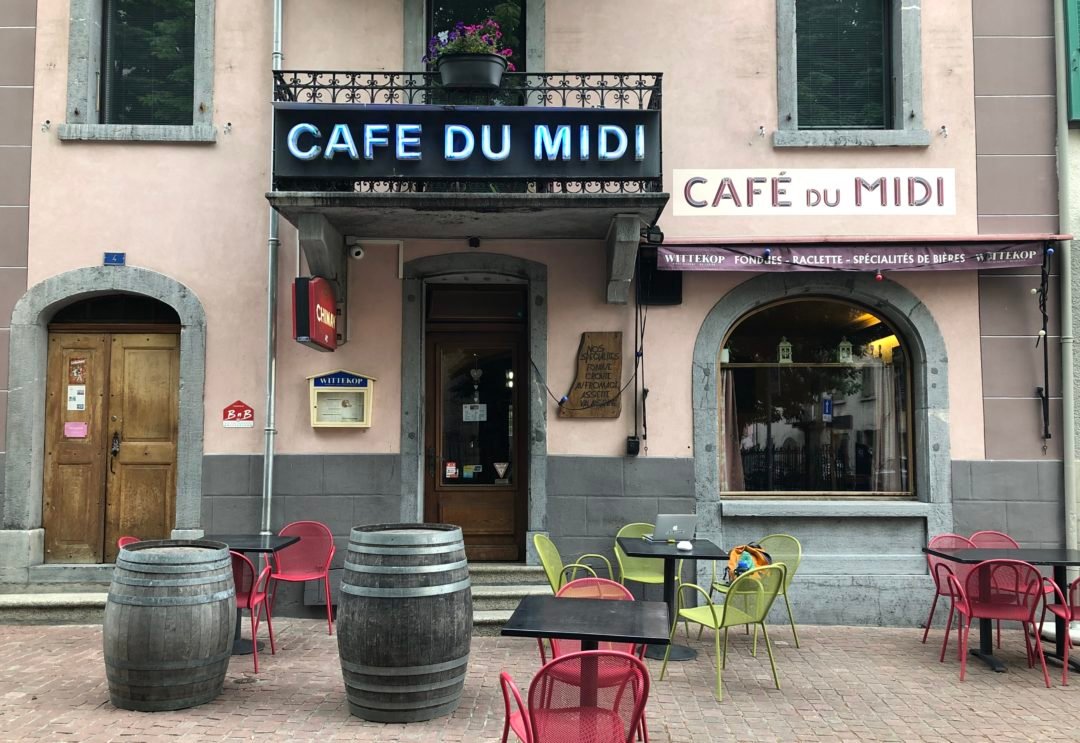
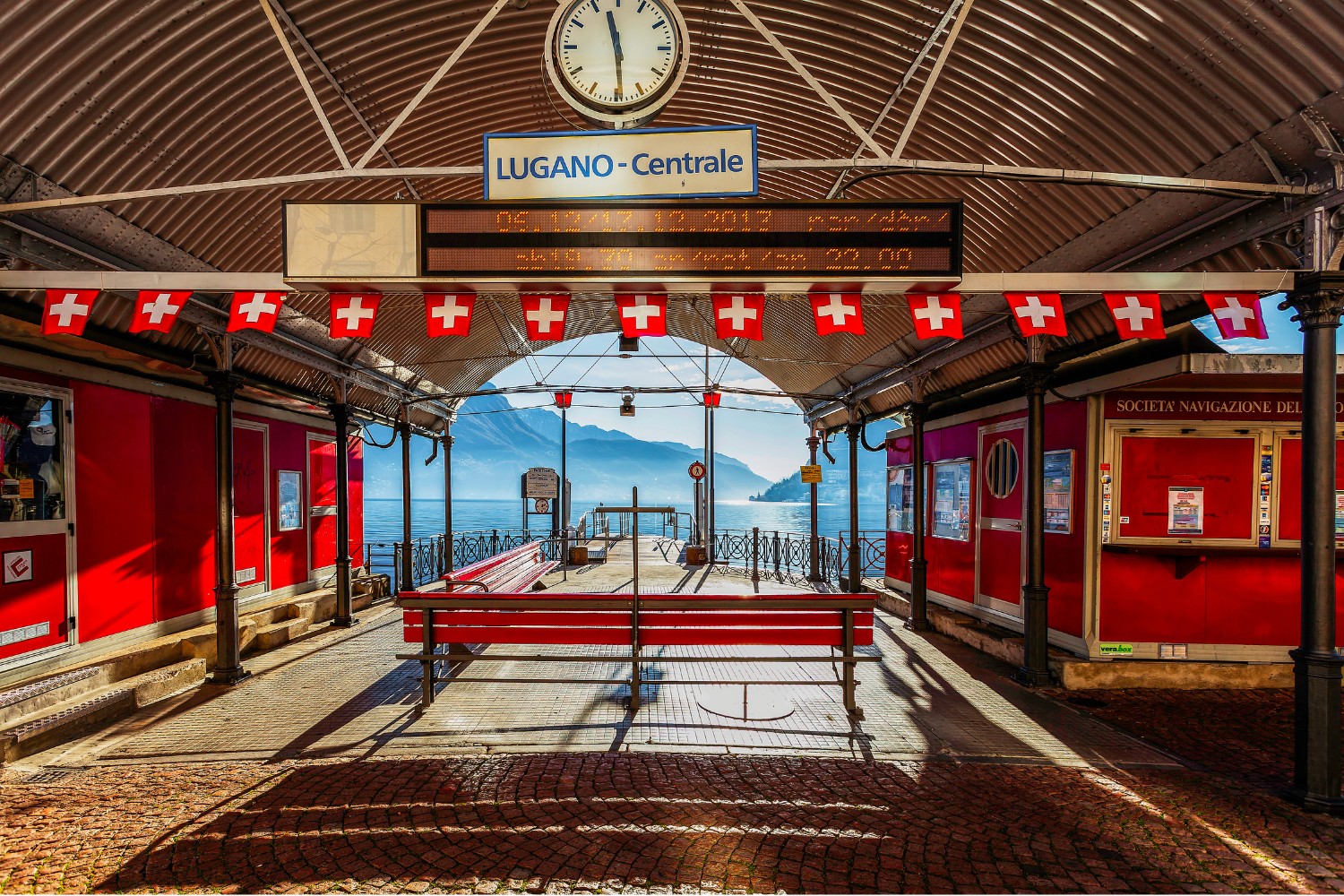
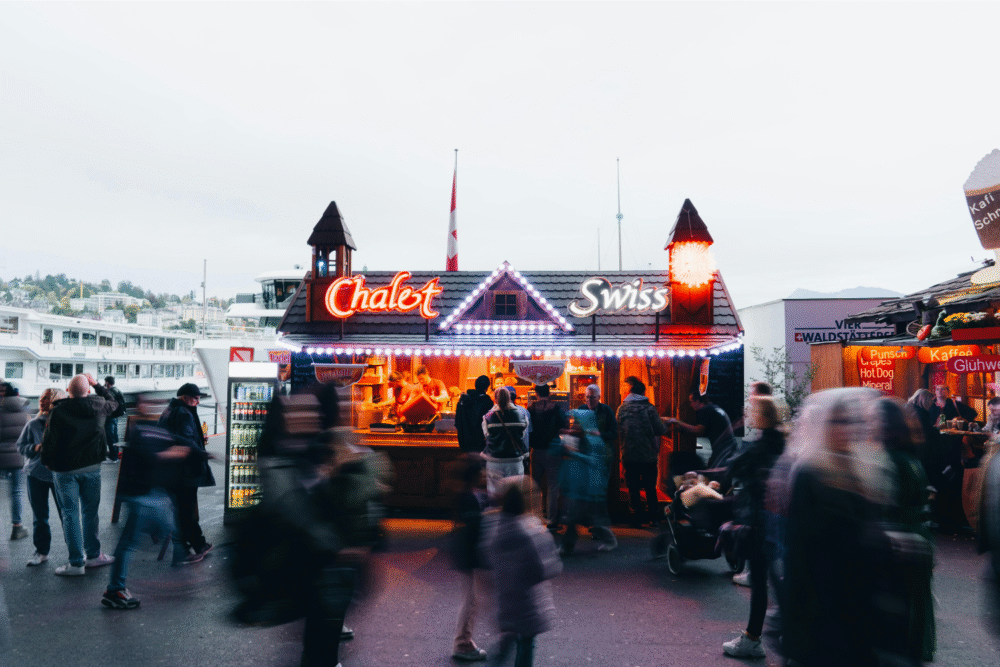
Leave a Reply